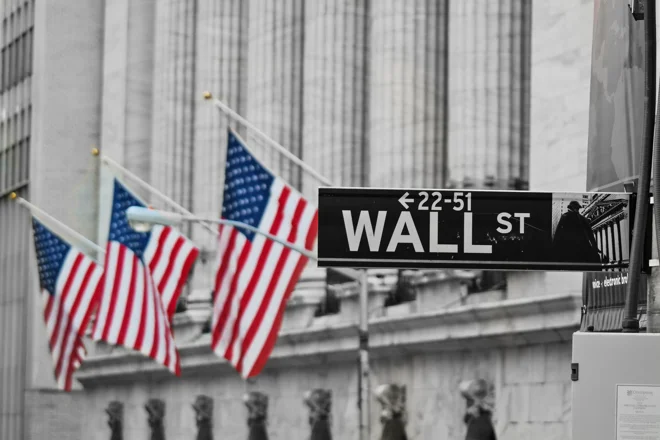07 April 2025
Navigating tariffs and volatility – Counterpoint April 2025
The US recently introduced broad tariffs, triggering retaliation from China and the European Union. This escalation brings risks to growth and inflation. Uncertainty around tariff implementation, often driven by sudden announcements and reversals, has been more damaging to sentiment than the tariffs themselves. Still, with new rules in place, markets may start to recalibrate, especially when negotiations eventually begin. While this could change as things develop, exceptionally, we’ve decided not to adjust portfolios back to their long-term targets just yet. After the drop in equities and rise in government bonds, our current positioning is more cautious, with less overall risk. We’re not there yet, though lower valuations could eventually present selective entry points across equities and credit.








































































































